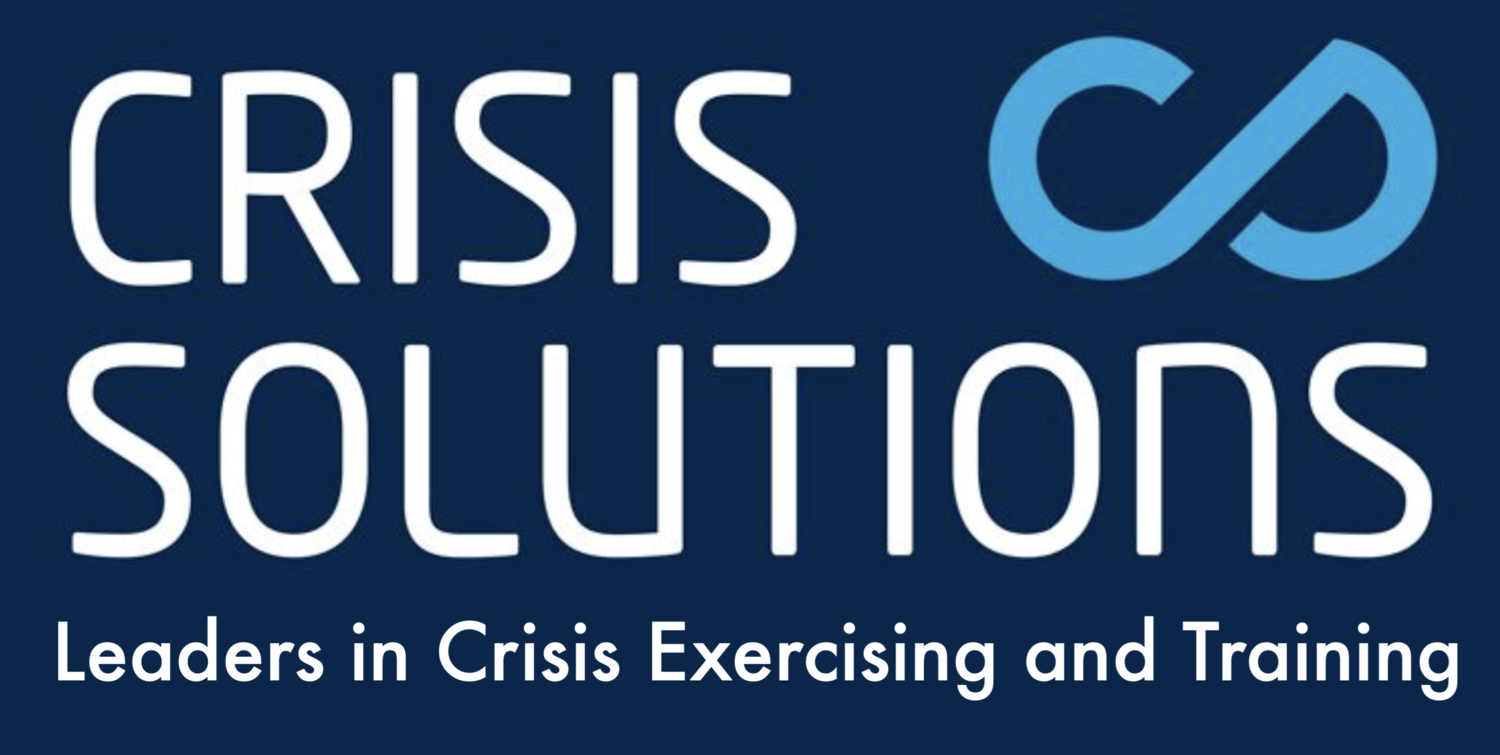Can virtual meeting technology improve crisis management?
Most of us are well used to remote meetings now, and accept the fact that meetings are going to be conducted this way for the foreseeable future. Many believe that the world of work will change significantly for many and ‘Zooming’ will become a permanent feature. So can virtual meeting technology improve the processes used by crisis teams?
A very interesting series of articles in the UK TImes recently by Matthew Syed discusses the creation of a high performing culture in a virtual world. In his first article he suggests that virtual meetings flatten social hierarchies as participants are less intimidated by superiors when they are not in the same room. Researchers call this phenomenon ‘psychological safety’. He also mentions the ‘Amazon’ approach to meetings where, amongst other things, the ‘leader’ speaks last in order to prevent everyone latching-on to the words and ideas of the most senior person, whether they happen to be wise or otherwise.
It’s true that crisis team leaders often have a domineering personality. And in a fast-moving crisis situation they seem to feel that unless they make decisions quickly they will be seen as weak or ineffective. Obviously there isn’t time for in-depth discussions on every decision in a crisis, but there is a fine balance. The decision maker must ensure they have a clear understanding of the situation. A structured method of briefing from all participants on a call can help this.
Here’s where the virtual meeting platforms can help. Most of those that I have seen allow the Chair to mute participants to allow a structured ‘round the table’ briefing. It is perfectly possible in even the most complex of organisations to summarise in three minutes the impact of the crisis on that participant’s sphere of operations, what they have done so far to resolve the crisis, what they intend to do next and what help they need from others on the call to remove roadblocks. All parts of the business should be allowed to give their situation report without interruption. The only time somebody should be allowed to ‘jump in’ on the ‘sit rep’ is for clarification or to correct an error - this is not a time for opinions or for problem solving. Again, most platforms provide a virtual ‘raise your hand’ function which is perfect for this.
Once the decision-maker has heard the sit reps from all participants they can allow discussion and then reach swift agreement on the best course of action. And there’s one last trick up the sleeve of virtual meeting technology - the ability to record the whole meeting, making the subsequent production of a note summarising decisions and actions a doddle.

